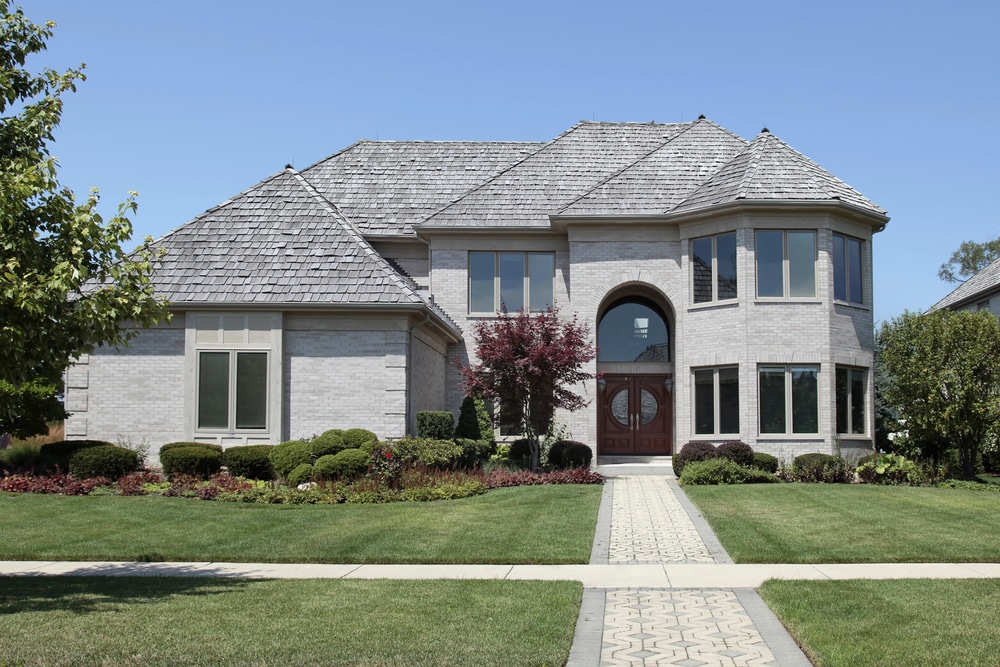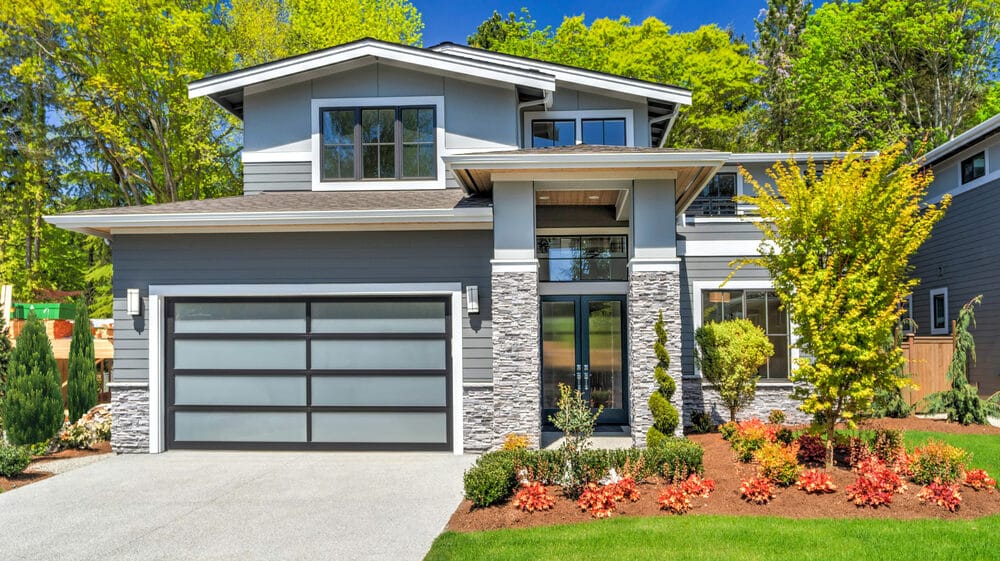Breaking Down the Expenses: How Much Does Home Window Tinting Cost?
When considering home upgrades, window tinting often comes up as an effective way to enhance privacy, improve energy efficiency, and protect interiors from harmful UV rays. However, many homeowners are unsure about the actual cost of this investment. Are the benefits worth the expense? Is window tinting affordable for the average homeowner? In this article, we will break down the various factors that influence the home window tinting cost, debunking common misconceptions and providing a clear understanding of what you can expect to spend.
Types of Tinting Materials
When considering home window tinting, it’s important to understand the variety of tinting materials available and how they can impact the overall cost. Decorative tints are a popular choice for homeowners wanting to add a touch of style to their windows while increasing privacy. These tints come in various designs and patterns, offering an aesthetic upgrade that can significantly enhance the look of your home. Mirror window tints, on the other hand, provide a dual benefit of privacy and energy efficiency. By reflecting external light, these tints prevent outsiders from seeing inside during daylight hours, while also reducing heat gain, thus lowering cooling costs.
UV protection films are another essential option, particularly for those looking to protect their home interiors from harmful ultraviolet rays. These films not only help in maintaining the vibrancy of your furniture and flooring but also contribute to a more consistent indoor temperature, which can reduce energy bills. Safety and security films offer the added advantage of strengthening windows, making them more resistant to shattering and providing an extra layer of protection against break-ins. Each type of tinting material has its own set of benefits and can influence the overall cost of your window tinting project, making it crucial to choose the one that best meets your needs and budget.

Size and Number of Windows
When planning a home window tinting project, the size and number of windows play a significant role in determining the overall cost. Larger windows require more tinting film, which naturally increases the window tinting material costs. Additionally, the complexity of installing tint on expansive glass surfaces can lead to higher labor expenses if professional installation is required. Conversely, smaller windows or those that are fewer in number can often be tinted more quickly and with less material, making the project more cost-effective. Homeowners should measure their windows accurately and consider the total surface area that needs to be covered to get a better understanding of the potential costs involved.
The number of windows also affects the overall expense of the tinting project. Homes with numerous windows will require more tinting film and potentially more time to complete the installation, whether done DIY or by professionals. It’s also important to consider the type of windows, as certain styles, such as bay windows or custom-shaped glass, may require special attention and additional costs. Homeowners should factor in these variables and possibly seek multiple estimates to ensure they are budgeting appropriately for their tinting project. By understanding how the size and number of windows impact costs, homeowners can plan more effectively and achieve their desired results without unexpected expenses.
Professional vs. DIY Installation
When considering home window tinting, one of the key decisions homeowners face is whether to opt for professional installation or take the DIY route. Professional installation offers the advantage of expertise and precision. Trained installers have the skills and tools necessary to ensure a flawless application, reducing the risk of bubbles, creases, or improper adhesion that can compromise the film’s effectiveness. Additionally, professionals often provide warranties for their work, offering peace of mind should any issues arise post-installation. However, this level of service comes with higher labor costs, making professional installation a more expensive option upfront.
On the other hand, DIY installation kits present a more budget-friendly alternative, allowing homeowners to save on labor expenses. These kits generally include all the necessary tools and detailed instructions, making the process accessible even for those with limited DIY experience. The primary benefit of the DIY approach is cost savings, but it also offers the flexibility to work at one’s own pace. The downside, however, is the potential for errors during installation, which can lead to subpar results and additional costs if the film needs to be reapplied. Homeowners must weigh these factors carefully, considering their skill level, the complexity of the project, and their budget to decide which option best suits their needs.

Regional Pricing Differences
When considering the cost of home window tinting, regional factors can significantly influence the overall expense of the project. Labor costs, for instance, can vary widely depending on the local economy and average wage rates in different areas. Regions with a higher cost of living typically see higher labor charges, which can drive up the total cost of professional installation. Additionally, the availability of materials can also play a role. In areas where window tinting materials are readily accessible, prices may be lower due to reduced shipping and handling costs. Conversely, in more remote locations, the scarcity of materials can lead to higher prices, as suppliers need to cover the additional expenses of transportation and logistics.
Climate considerations are another crucial factor that can impact regional pricing differences. In hotter climates, where sun protection and energy efficiency are top priorities, the demand for window tinting services may be higher. This increased demand can sometimes lead to competitive pricing among service providers, potentially lowering costs for homeowners. On the other hand, in cooler regions where window tinting is less common, the limited demand might result in fewer available service providers and higher prices due to reduced competition. Homeowners should take these regional factors into account when budgeting for their window tinting project, as understanding the local market can help them make more informed decisions and potentially save on costs.
Long-Term Savings
Investing in home window tinting can lead to significant long-term savings by enhancing energy efficiency and reducing utility bills. Window tinting helps to regulate indoor temperatures by blocking a significant portion of solar heat, which means your air conditioning system doesn’t have to work as hard to maintain a comfortable environment. This reduction in energy consumption directly translates to lower monthly utility bills, making window tinting a cost-effective solution over time. Additionally, during the cooler months, window tinting can help retain heat, reducing the need for excessive heating and further contributing to energy savings.
Beyond energy efficiency, window tinting also protects your interior furnishings from the damaging effects of UV rays. Prolonged exposure to sunlight can cause furniture, carpets, and artwork to fade and deteriorate more quickly. By blocking up to 99% of UV rays, window tinting helps preserve the vibrant colors and integrity of your home’s interior, ultimately extending the life of your belongings and reducing the need for costly replacements. These long-term benefits make window tinting not just an expense, but a valuable investment that pays for itself through sustained energy savings and protection of your home’s interiors.

Additional Features Like UV Protection
When considering home window tinting, additional features like UV protection can significantly impact both the cost and benefits of the installation. UV protection is a valuable feature that enhances the effectiveness of window tinting by blocking up to 99% of harmful ultraviolet rays. This added layer of protection not only helps in reducing heat and glare but also extends the longevity of the window film, making it a durable investment. However, tints with advanced UV protection technology typically come at a higher initial cost due to the specialized materials and manufacturing processes involved. Despite the higher upfront expense, the long-term benefits of UV protection can make it a cost-effective solution over time.
The benefits of UV protection extend beyond just cost savings; they also contribute to improved health and the preservation of interior furnishings. Prolonged exposure to UV rays can lead to various health issues, including skin cancer and eye damage. By blocking these harmful rays, UV-protective window tinting creates a safer indoor environment for you and your family. Additionally, UV rays can cause significant fading and deterioration of furniture, carpets, and artwork. By investing in window tinting with UV protection, homeowners can safeguard their interiors, maintaining the vibrant colors and integrity of their furnishings and reducing the need for costly replacements. In this way, UV protection adds both value and peace of mind to your window tinting project.
Conclusion
Understanding the costs associated with home window tinting is crucial for making an informed decision. By considering factors such as the types of tinting materials, the size and number of windows, professional versus DIY installation, regional pricing differences, long-term savings, and additional features, you can better estimate the total expense and determine if window tinting is a worthwhile investment for your home. As you weigh these considerations, remember that the benefits of improved energy efficiency, enhanced privacy with window tinting, and UV protection can make window tinting a valuable upgrade that pays off in the long run. So, take the time to explore your options and transform your living space with the many advantages of home window tinting.
Sun Guard Tint
https://www.google.com/maps?cid=5789725123746519054
7879 S 1530 W #400, West Jordan, UT 84088, United States
(801) 657-9260
https://sunguardtint.com/